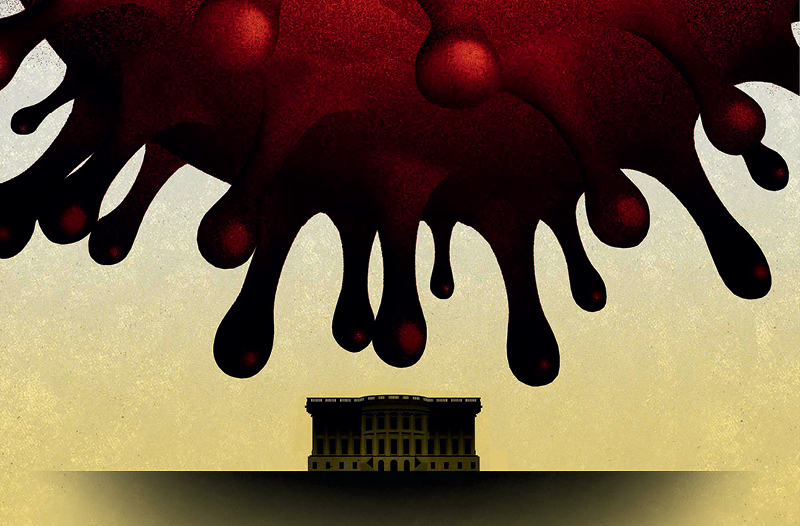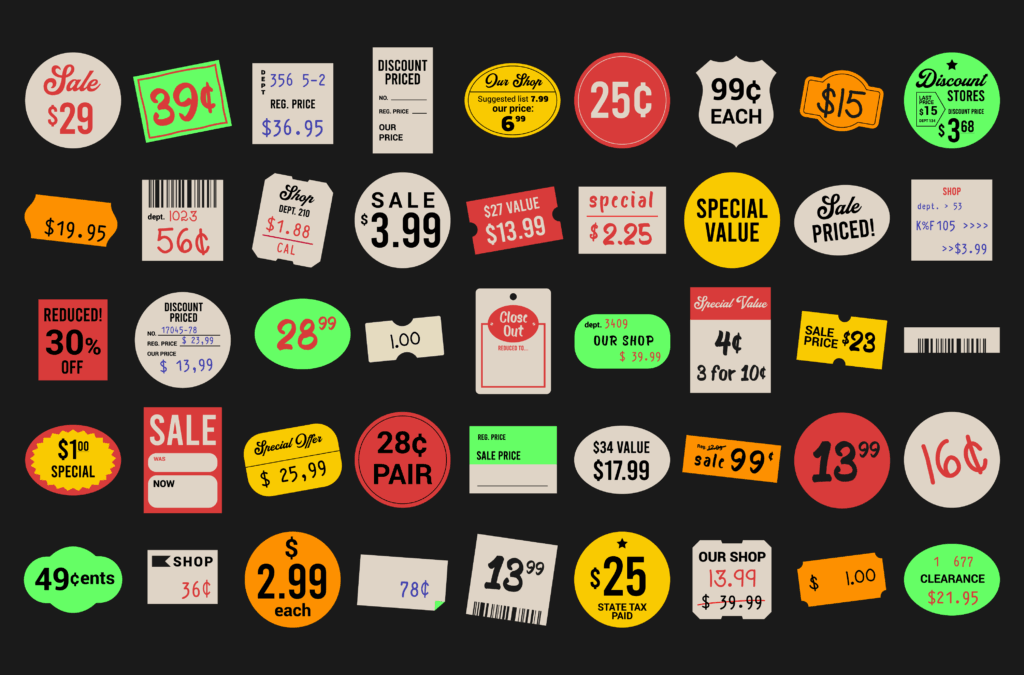
Beyond COBRA: What Can Employers Offer?

Bockhorst discusses Businessolver’s Benefits Plus dashboard, data the organization has been using to track benefit trends during the pandemic, as well as its MyChoice Market product, which lists comprehensive health insurance options for people no longer on employers’ plans. The tool can help employers connect their furloughed or fired workforce with external benefit plans.
We had clients asking what other businesses were doing during the pandemic with furloughs, and we had advisors and brokers asking what was going on in different industries. We had the data and were looking at it for consulting, so we thought we would make it public. I think it helps business owners think through what actions they can take and provides some insight into what other organizations are doing.
For our clients, it was helpful to know they weren’t going through this alone. We have lots of clients facing fairly heavy layoffs. [According to Businessolver data, leaves of absence have spiked 108% since March, and the number of people ineligible for employer benefit programs is up 29%.]
We had clients who were furloughing employees that could no longer afford healthcare because they had no paycheck. The problem with that is, if you are dropped from insurance for non-payment, then you are not eligible for enrollment or a subsidy in the marketplace plans. There were just a lot of nuances that we had to help clients think through to understand what their next best step was for employees so they didn’t inadvertently lock them out of the marketplace and certainly any subsidies that were there.
Another situation that started to unfold at the same time was employers’ wanting to offer COBRA subsidies to encourage people to take those plans. They thought they were doing the right thing, but COBRA claims, on average, are 130% more expensive than active-employee claims. And it’s only a short-term solution for the participant. The subsidies were usually only for 30 to 60 days, not the 18 months someone could stay on COBRA. Plus, the cost of COBRA plans is unattainable for many people.
We had to work with CMS [Centers for Medicare & Medicaid Services] to get guidance on what employees could do when those COBRA subsidies ran out. When it ended, would the person qualify for marketplace plans? We wanted to make sure employers knew and could trigger our system communication with their participants. So, if they took COBRA, we had to help employers send messaging that other options existed so they didn’t go without insurance.
We also talked to employers and let them know that they could have post-employment health reimbursement arrangements [HRAs]. If they wanted to offer a subsidy, instead of doing it through COBRA, they could offer a post-employment HRA and get a plan employees could keep with them longer. There were a lot of conversations we were having that were definitely unique to this time.
They’ve had to pivot massively. Not long ago, we had employers that were having difficulty attracting and retaining their workforce. Offering strong benefits was a really good way to retain employees and part-time workers. Pre-2020, most of the offboarded population had left for another job; it was a tight market, and they had other options.
Now, we have pivoted to helping offboarded employees better understand what their options are. We felt so awful for clients because they certainly didn’t feel good about letting people go. They were asking how they could help as much as possible during this really horrible time. They wanted to make sure they were doing it in a way that optimized the options employees had to get affordable access to healthcare. They wanted to know how they could let people go as gently as possible.
We feel like we have accomplished that to the best of our ability. We had a conversation with a participant who was laid off from an employer. We helped navigate what options were in the individual market. The employee said the whole situation was awful. He had lost his income and coverage, and this resource that helps navigate uncharted waters made him feel so good about his employer he couldn’t wait until they called them all back to work. Figuring out how to help during those unforeseen circumstances was our goal.
It was really refreshing. We reached out to clients to make sure they were aware we were out there, we understood they were about to go through a layoff, and to let them know how we could help. None said, ‘We don’t want that. We are not interested in helping our participants.’
They all asked how they could get more information or wanted to send out letters letting participants know the service [MyChoice] was available. They asked what they needed to do to promote it and how they could make it a part of the transition for participants. With a couple of our clients who had layoffs, they would have participants take part in a phone call to help understand what their options were. We helped people differentiate between COBRA and the individual market, we made generic videos for some clients, and others talked to employees specifically about their options.
The changes that were already happening, or had momentum toward happening, I think those situations will escalate or advance more quickly. We already had a change in the workforce. I’ve seen projections that close to 42 million people are self-employed in 2020. As employers start to hire back, we don’t know if they will hire in the old-school fashion or differently.
The legislation creating ICHRA [individual coverage health reimbursement arrangement] was passed in 2017 and went into effect in 2020. It enabled employers to put a defined contribution amount into an HRA so employees could pay for individual insurance on a tax-deferred basis. It gave employers the ability to have an impact through an HRA instead of a group-sponsored plan.
This workforce disruption from the pandemic highlighted the challenge of the relationship between employment and benefits. We knew it already, but it highlighted it. There is the real possibility for healthcare to start to move from a defined benefit to a defined contribution. I do think the ICHRA model for eligible active employees will have a higher adoption rate now because of the pandemic than it otherwise would have.
It’s like the transition from pensions to 401(k) plans. Or 20 years ago when the individual market was made for Medicare, employers put money into an account for retirees and let them shop for their own medical benefits. People thought it wouldn’t take off, but it’s really rare for employers today to offer full retiree plans. I think we will see a high adoption of ICHRAs down the road.
Helping navigate the individual market and using this kind of tool should be looked at with a more critical or realistic eye. I do think we are already in a movement toward a gig economy, and that is where MyChoice comes into play.
It helps provide a soft landing place for people who are unemployed or don’t have access to employer benefits. When we started, the MyChoice Market focus was to support individuals who had an association with one of our clients. But we wanted to go direct to the consumer, so that is what we launched earlier this year. We use it to support brokers, too. A lot of them are using MyChoice to help clients who have a part-time workforce, layoffs or retirees and don’t have a medical plan for them.
As we are working on 2021, we are seeing employers enhance their non-core benefits and including things like identity theft protection. Some began putting that in after the government stimulus checks came out and there were issues with fraud.
They are also giving people other options to deal with not just medical bills but other expenses. Large employers have launched programs with supports like services that can provide emergency daycare, or they are providing a subsidy for daycare or parental care that they didn’t have before.
We are seeing employers putting together empathetic plans to help employees get access to resources they wouldn’t have had before. Right now, it’s less about making changes to the core benefits but instead adding and expanding benefits.
And employers have done a lot to create additional support for underlying resources like telemedicine. They may be starting email campaigns that they can send through the system or use Sophia, our virtual assistant. EAPs are another great example of a way to make sure people are aware of these different services.
Employers are trying to stabilize their finances. I think what they are struggling with the most is trying to determine what their 2021 claims might look like.
The pandemic created two issues. First, they are worried their claims might go up because of COVID-19. The other reality is the massive, massive amount of deferred medical services they may be seeing from the cancellation of non-essential treatments.
What they are trying to figure out is what percentage of claims were deferred and how long it will take to work through the system. A lot of people are saying some won’t happen now and lots of them may take place in 2021. And though some doctors and hospitals are back open for these services, they are taking a lower volume of patients than they were before the pandemic. Some people are saying this might impact claims up through 2022. This is leaving employers trying to figure out their cost share for the next couple of years. But they have some time to figure it out.




